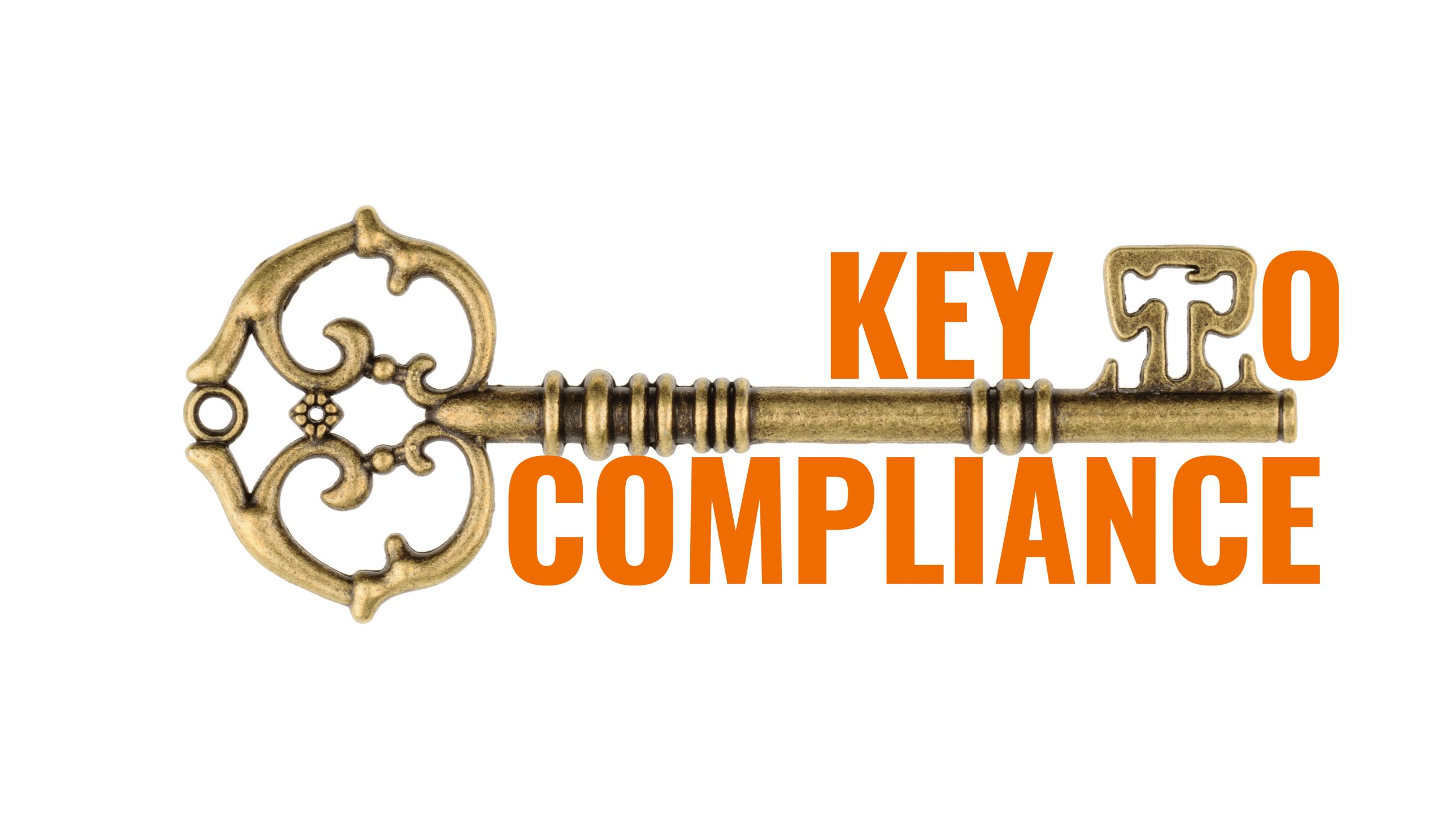The initial ISO 14971 had 9 clauses, but later recently in Dec 2019 it is changed and now contains 10 clauses i.e 1 more clause is added.
to view the new changed standard elements click below
New and Changed Elements of ISO 14971:2019 Release – 3rd Edition
Old ISO 14971 Clauses
Clause -1 – Scope
It covers all medical devices including IVDs. It applies to all phases of product life cycle.
It does not
- Define acceptable risk
- Apply to clinical decision making
- Does not require quality system
Clause -2 – Definition
- Clause provides definitions of terms
- There are new terms and definitions
- To provide uniformity among standards many definitions are harmonized with other standards and also with Guide 51 which is used by ISO and IEC for common definitions
- Clause also contains updated definitions from ISO 9000:2005
Definition changes
- In vitro diagnostic medical device– “medical device intended by the manufacturer for the examination of specimens derived from the human body to provide information for diagnostic, monitoring, or compatibility purposes”
- life-cycle– “all phases in the life of a medical device, from the initial conception to final decommissioning and disposal”
- Post-production – new term – “part of the life-cycle of the product after the design has been completed and the medical device has been manufactured”
- Use error – “act or omission of an act that results in a different medical device response than intended by the manufacturer or expected by the user” – from IEC 62366
Clause -3 -General Requirements
- Sub-clause 3.2: “Management responsibilities” expands description of requirements and indicates that documentation created in the process and the risk management review can be part of the quality system documentation.
- Sub-clause 3.3: indicates in a Note that risk management activities can be performed by “representative of several functions, each contributing their specialist knowledge”
- Does not require a single individual be assigned the total responsibility for risk management
- Personnel assigned these activities must have proper training, background, education and experience
- Sub-clause 3.4: describes the Risk management plan
- Requirements unchanged
- In response to many comments in ISO 14971 voting process, extensive notes added to provide explanations and references to additional information in Annex D and Annex F
- Sub-clause 3.5: has been revised to include the traceability requirement removed from Clause 8 Risk management report
- Risk management report for complex devices was getting unwieldy
- Note indicates the Risk management file can be in any form or medium (such as electronic files)
Clause -4 – Risk Analysis : covers Risk Analysis and Risk Estimation
- Sub-clause 4.1 re-titled to “Risk analysis process” from “Risk analysis procedure” – New Notes point to informative annexes with additional information
- Sub-clause 4.2 Note 1 indicates “misuse is intended to mean incorrect or improper use of the medical device”
- Sub-clause 4.3 title changed to “Identification of hazards” – Note points to E.2 and H.2.4 for guidance in hazard identification
- Sub-clause 4.4 title changed to “Estimation of the risk(s) for each hazardous situation”
- This is a new emphasis in Second Edition, from idea that harm cannot occur unless a Hazardous Situation leads to an exposure to a hazard
- Extensive notes used to explain this Sub-clause
Clause -5 – Risk Evaluation
- Evaluation requirement is in reference to “Hazardous situation” instead of “Hazard”
- Evaluation is comparison of Risk to Acceptability Criteria established in Risk Management Plan
Clause -6 – Risk Control
- Sub-clause 6.1 removed requirement to reduce residual risk associated with each hazard to acceptable – Addressed under “Residual Risk”
- Sub-clause 6.2 Title changed to “Risk Control Option Analysis” -Extensive Notes provide information and reference including use of other standards as part of option analysis
- Sub-clause 6.3 Implementation of risk control measure(s)
– Indicates that verification of effectiveness of risk control measures may include validation activities - Sub-clause 6.4 Residual risk evaluation
– adds Note to Annex J for information on disclosing residual risk - Sub-clause 6.5 Risk/benefit analysis
-Adds note referring to Annex D.6 for more information on Risk/benefit analysis - Sub-clause 6.6 title changed to “Risks arising from risk control measures”
– Includes introduction of new hazards or hazardous situations
– Adds requirement that these new risks or increased risks be managed with process in sub-clauses 4.4 to 6.5 - Sub-clause 6.7 Completeness of risk control
– Changes “hazard” to “hazardous situation”
– Changes “The results of this assessment…” to “The results of this activity…”
Clause -7 – Evaluation of overall Residual risk acceptability
Clause 7 title changed to “Evaluation of overall residual risk acceptability”
- Adds requirement for deciding what information to disclose on overall residual risk
- Add reference to Annex D.7 on Overall residual risk
- Adds reference to Annex J on disclosure of residual risk
Clause -8 – Risk Management report
Clause 8, removed the traceability requirement from the Risk management report to the Risk Management File (see Sub-clause 3.5)
- Adds requirements for responsibility for review and documentation of review that demonstrates
- “the risk management plan has been appropriately implemented;
- the overall residual risk is acceptable;
- Appropriate methods are in place to obtain relevant production and post-production information.”
Clause – 9 – Production and post production process
- The Title was changed to “Production and post-production information” to emphasize that there is information available during production which is important to Risk Management
- Adds a requirements for systems collecting and reviewing device information
